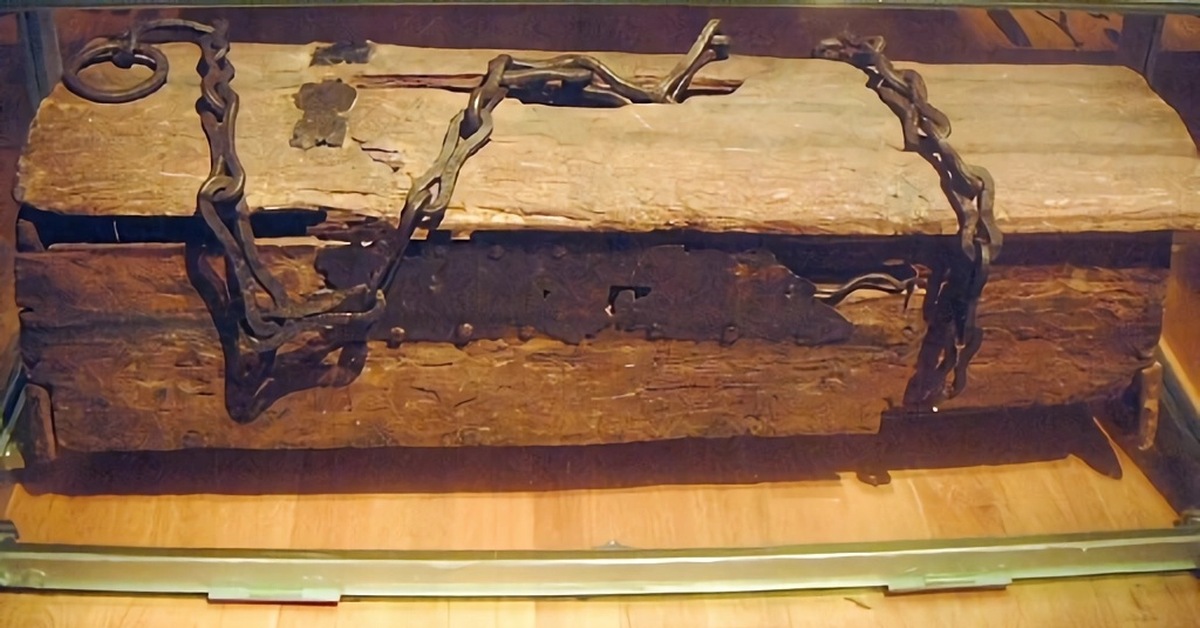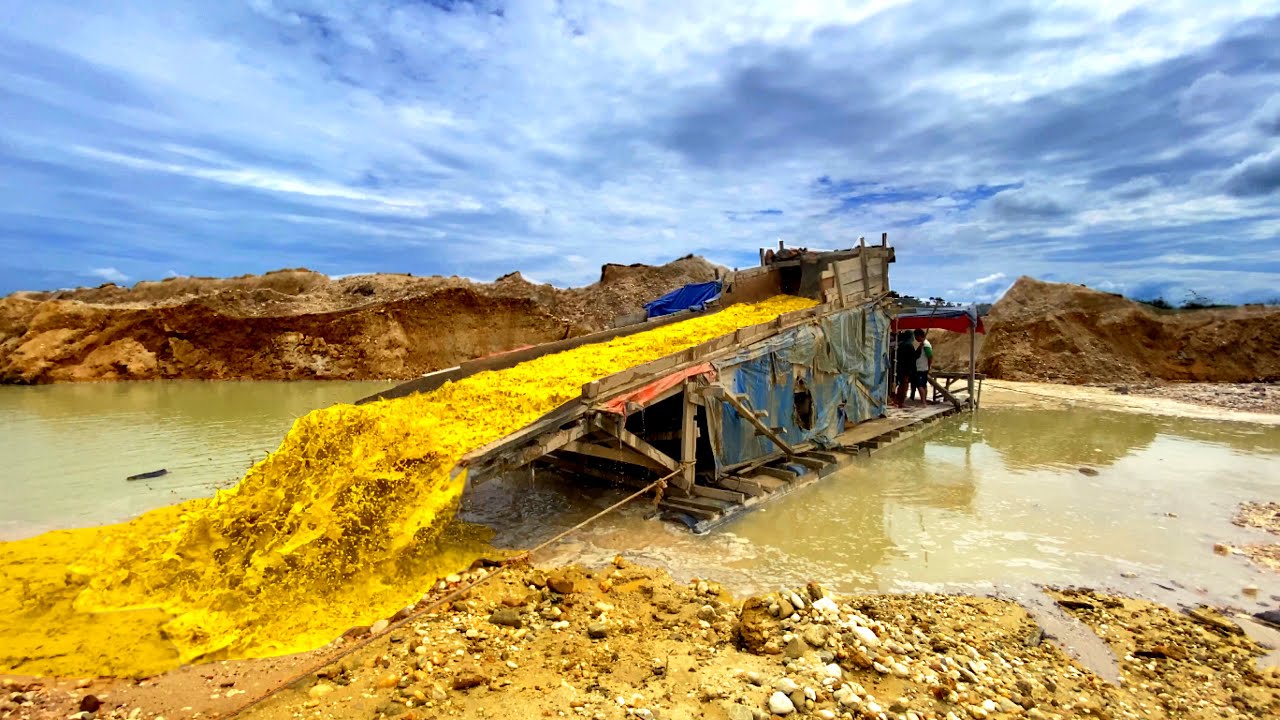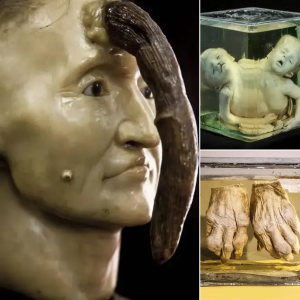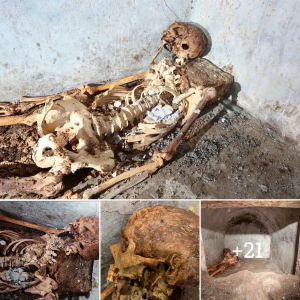An international research group has found evidence that humans have been utilizing milk and dairy products across the northern Mediterranean region from the onset of agriculture – approximately 9,000 years ago.

C.D. Spiteri et al discovered widespread evidence of prehistoric milk production in southern Europe. Image credit: Samuel Daniell.
The importance of meat and dairy production in the Neolithic Mediterranean area remains a topic of debate, with previous research showing that the attraction for milk may have been a driving force for the domestication of cud-chewing animals like cows, goats and sheep.
The new study, led by Dr. Mélanie Roffet-Salque of the University of Bristol and Dr. Rosalind Gillis of the French National Museum of Natural History, combined evidence of the presence of milk and carcass fats in 567 pottery vessels together with an examination of the ages at death of domesticated animals excavated from 82 sites dating from the 7th to 5th millennia BC.
“We synthesize new and published evidence to produce a broad regional and chronological perspective on domestic animal exploitation during the seventh to fifth millennium BC across the northern Mediterranean and Anatolia,” the authors explained.
“We specifically examine whether dairying arose in response to particular environmental characteristics or whether it was driven by cultural traditions introduced in the Neolithic.”
“The results of new lipid residue analyses carried out on 567 sherds from this study are combined with previously published results from the eastern Mediterranean basin.”
The team’s findings show varying intensities of dairying and non-dairying activities in the northern Mediterranean region, with the slaughter profiles of the animals mirroring the fats detected in cooking pots.
“Our results show that the exploitation and processing of milk varied across the region, although most communities began to exploit milk as soon as domesticates were introduced between 9,000 and 7,000 years ago,” the researchers said.
“This discovery is especially noteworthy as the shift in human subsistence toward milk production reshaped prehistoric European culture, biology, and economy in ways that are still visible today.”
“At the onset of food production in the northern Mediterranean region, milk was an important resource to these early farming communities,” added study first author Dr. Cynthianne Spiteri, from the University of York.
“It is likely to have played an important role in providing a nourishing and storable food product which was able to sustain early farmers, and consequently, the spread of farming in the western Mediterranean.”

“In this work, we integrate for the first time the findings of the analyses of lipid fats extracted from hundreds of cooking pots with the reconstruction of the actual herds at tens of sites, based on the remains of sheep, goats and cattle,” Dr. Roffet-Salque said.
“The choice of raising certain domesticates for their milk would have been heavily influenced by the landscape around the Neolithic communities,” said Dr. Gillis and her colleague, Dr. Jean-Denis Vigne, also from the French National Museum of Natural History.
“For example, rugged terrains are more suitable for sheep and goats. And open well-watered landscapes are better suited for cattle.”
Prof. Oliver Craig, from the University of York, said the findings were particularly relevant as much of the population in that region today can’t digest milk.
“We presume this was also true back in the early Neolithic period, although this is still to be confirmed through genetic testing of ancient skeletons,” he said.
“Despite this deficiency, our research shows that they certainly exploited milk because we have found organic remnants in the pots they were using.”
“What is particularly intriguing is that lactose intolerance was clearly no barrier to milk use,” Dr. Roffet-Salque added.
“The major question that still remains is how the milk was being processed to make it palatable to these early Neolithic farmers.”
The results were published online this week in the Proceedings of the National Academy of Sciences.





